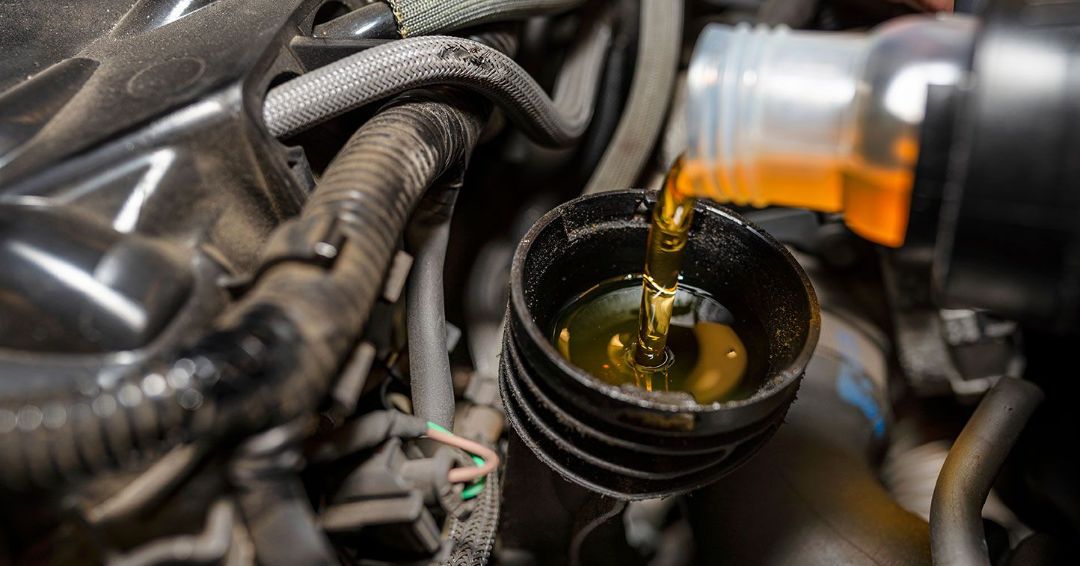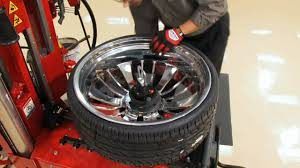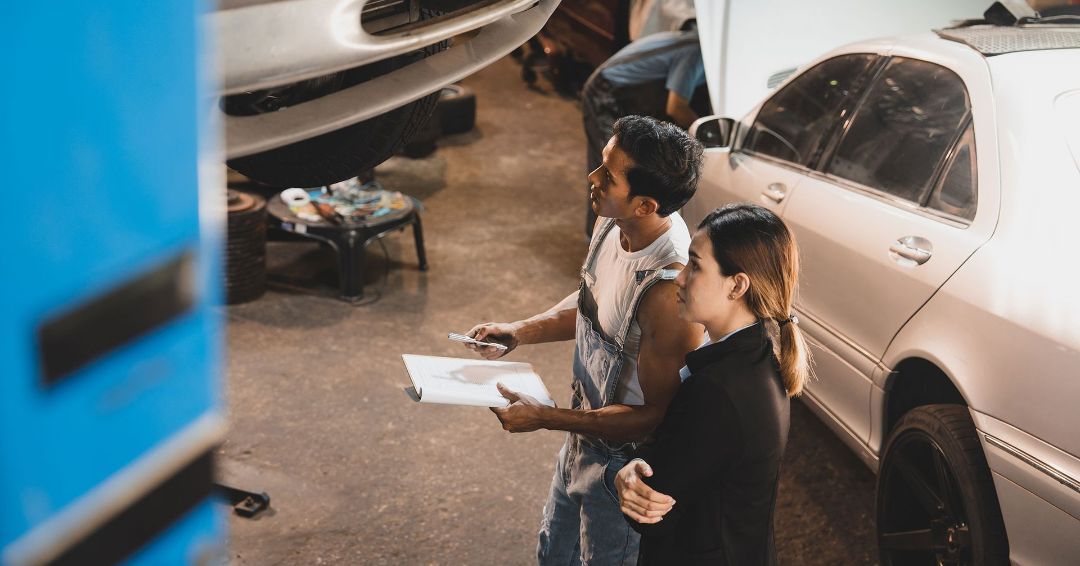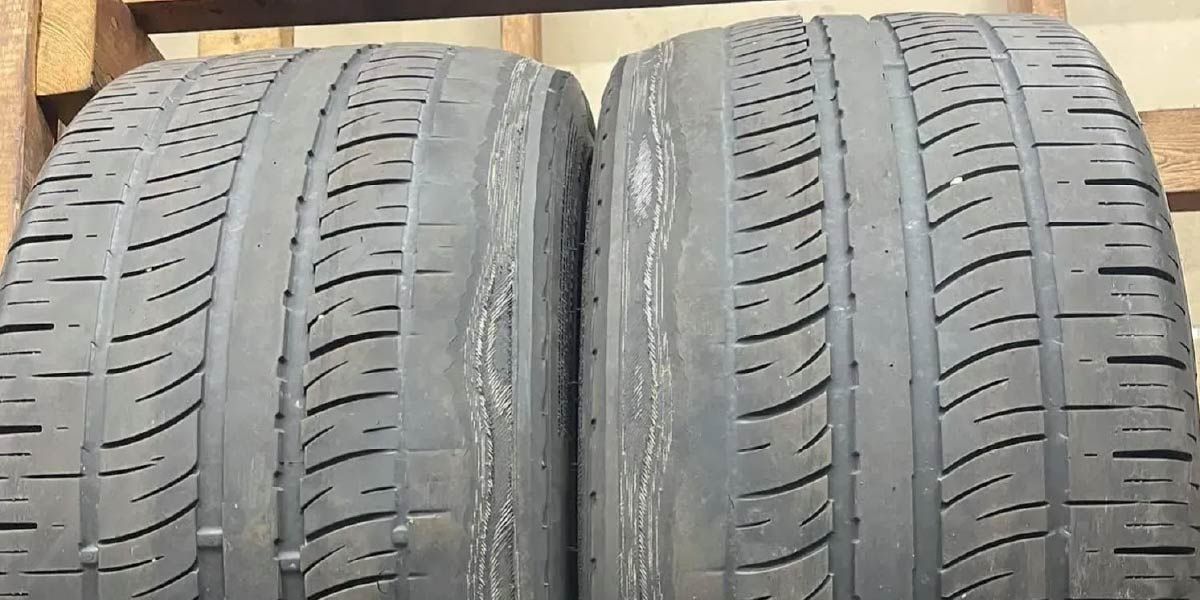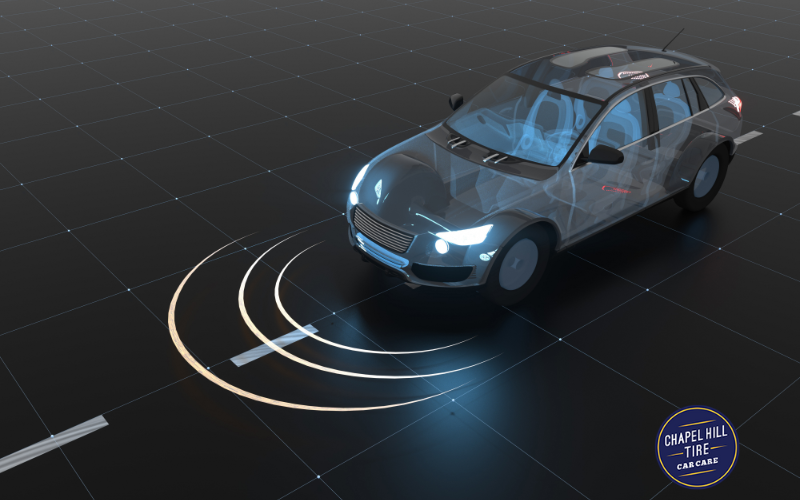What’s Up With That? How Tire Pressure Affects Your Gas Mileage
Auto Shops Located in: Chapel Hill, Durham, Taleigh, Apex, and Cary North Carolina
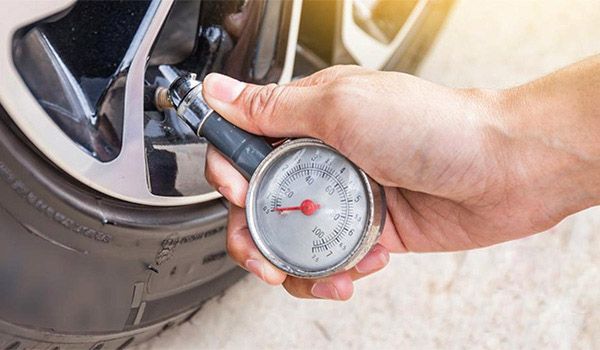
As you’re cruising down the highway, you probably don’t often think of your car’s tires. But put just a little bit of ice and snow on the ground, or start maneuvering around tight hairpin turns, and it quickly becomes obvious how important your tires’ traction really is. And that traction, as well as almost everything about your tires’ performance, depends very strongly on proper tire pressure.

The trick of it is this: Even though it might look like your tires are fully touching the ground while you drive, they’re actually using a much smaller contact patch. And for the average tire, this area where the tire is actually touching the ground while you’re moving isn’t much bigger than the sole of your shoe.
When your tires are properly inflated, their contact patches are like a well-fitting pair of shoes.
High Heels and Clown Shoes
So imagine for a minute: What if your shoes didn’t fit well at all?
Overinflated tires are like shoes that are too small. Their contact patches (soles) are smaller than you’d expect, and that makes it awfully difficult to keep the right traction and stability while you’re moving — just think of what it would be like to wear high heels on an icy sidewalk!
Similarly, low tire pressure and underinflated tires are like wearing a pair of clown shoes. Their contact patches are bigger and floppier, and that makes them harder and less efficient to move around in.
But the perfectly inflated set of tires is like the perfect shoe, giving a smooth and comfortable ride and plenty of traction even when road conditions get dicey. And that efficiency is key to getting the best gas mileage out of your vehicle, just as wearing a perfect pair of shoes makes it easier to walk longer with less fatigue.
Right Tire Pressure, Better Gas Mileage
This isn’t just a fun analogy, though — it’s also backed up by science from the U.S. Department of Energy.
In a study from 2014, researchers at the Oak Ridge National Laboratory tested tires across a range of inflation pressures and highway driving speeds from 40 to 80 miles per hour. And their results were pretty amazing: In addition to being much safer to drive on, properly inflated tires can have as much as 10 percent better fuel economy compared to underinflated ones.
Checking Your Tires
Now that you know how important tire pressure can be, you might be wondering: How do your tires currently match up?
Most cars list an ideal tire pressure on a sticker inside of the driver’s side door; open your door and look down, and you should be able to find it pretty easily. Failing that, you can also find optimal tire pressure listed in the owner’s manual for your car.
Or you can save yourself the hassle, and bring your car by any of our Chapel Hill Tire locations to get the pressure checked and adjusted. That’s a great time to make sure your tire tread is in good shape too, so you can rest easy knowing that your car will get you from here to there and back again without any problems.
We’ve got all your automotive repair needs covered.

